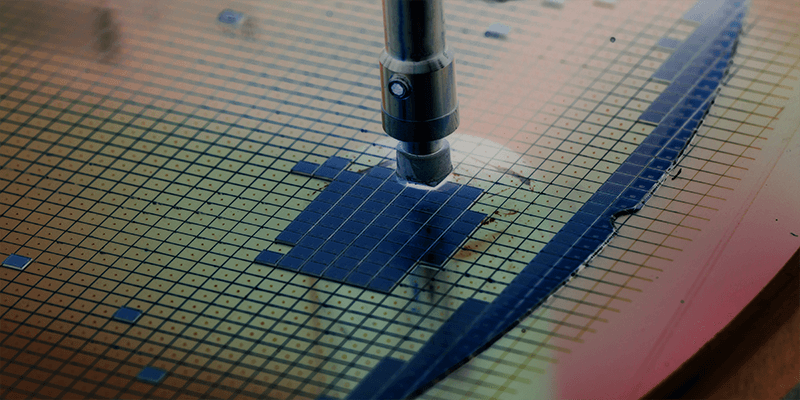Common misconceptions about NAND flash
NAND flash, the non-volatile storage technology, is used in an ever-growing range of storage applications because compared to its traditional predecessor the HDD it is compact, physically robust, provides higher data rates and uses less power. Its rise in popularity over the last two decades has also been met with many misconceptions. Here we will look at four of them.
Misconception #1: NAND flash is reliable
NAND flash is inherently unreliable by design, however NAND flash based storage systems can be designed reliably. When it come to NAND flash, ‘reliability’ is almost entirely dependent on the flash memory controller which manages or ‘controls’ the data it stores.
Many talk about the different types of NAND flash technology, such as SLC, MLC, TLC and QLC and argue that SLC is more reliable than TLC and that’s all that matters. While flash technology does impact reliably to an extent, it’s more insightful to view the NAND flash memory as an empty warehouse that is ultimately worthless without an efficient brain/ power house managing the operation. In this equation, the flash memory controller could be seen as the logistics and the brains managing the warehouse ensuring everything is stored reliably and can be found again easily.
Misconception #2: NAND flash can be erased 100,000 times
The commonly quoted endurance of 100,000 program-erase cycles is only valid for Single-Level Cell (SLC) NAND flash memory, which stores a single bit in each cell. However, this value is is also out of date and should be understood as an approximation. In modern devices, the insulating layer that isolates the stored charge is thinner and more easily damaged. As a result, current SLC devices have an endurance of around 60,000 cycles.
The endurance of flash memory decreases rapidly as more bits are stored in each cell. For MLC NAND flash it is typically around 6,000 cycles, for TLC about 3,000, while QLC NAND flash endurance can be less than 1,000 cycles.
These figures may sound as if these higher density memories have such short lifetimes that they can’t be a practical storage solution. While the technology does impact the life expectancy, there is a lot the flash memory controller can do to maximize the lifetime of the memory.
Misconception #3: Data can be stored on a NAND flash for at least one year
A typical expectation is that data can be retained by a flash memory for at least 12 months. However, this is not true and NAND flash data retention is impacted by several factors.
When the NAND flash is not in use, the stored charge will slowly degrade. The rate at which this happens is affected dramatically by temperature. For example, storage at 70°C instead of 40°C can reduce the data retention time by a factor of 10. Therefore, it is essential to both operate and store flash devices within their specified parameters.
When the NAND flash is in use, wear leveling is carried out by the flash memory controller as a background operation to rewrite data so that block erase counts are evenly distributed to maximize the drive’s lifetime. However, this technique also increases the number of read-write cycles, which will eventually have a negative effect on the NAND flashes ability to retain data. Ultimately, there is no clearly defined amount of time a NAND flash can store data as the there are many unique influencing factors that need to be taken into consideration.
Misconception #4: Temperature doesn’t age your flash
Higher temperatures speed up physical and chemical processes. This is especially true in regards to the damage of NAND flash memory cells. This means that the endurance of a NAND flash can be reduced significantly if it is used at higher temperatures. This effect is greater in higher density flashes that store multiple threshold levels as they are more sensitive to changes in the properties of the insulating layer.
To maximize the useful lifetime of a NAND flash, the flash memory controller needs to monitor and adapt to these changes. Temperature cycling due to changes in ambient temperature and devices being powered on and off also cause physical stress in components because different materials expand and contract at different rates. This can eventually cause electrical connections to break.
Conclusion
The flash memory controller is responsible for managing the NAND flash memory in all flash-based storage systems. Since NAND flash memory is such a heavily discussed technology, many misconceptions have arisen over the decades and it’s important to understand the value of the flash memory controller in its functionality. Ultimately, it is the flash memory controller that can enable reliable storage by effectively managing the inherent weaknesses of the memory technology.

